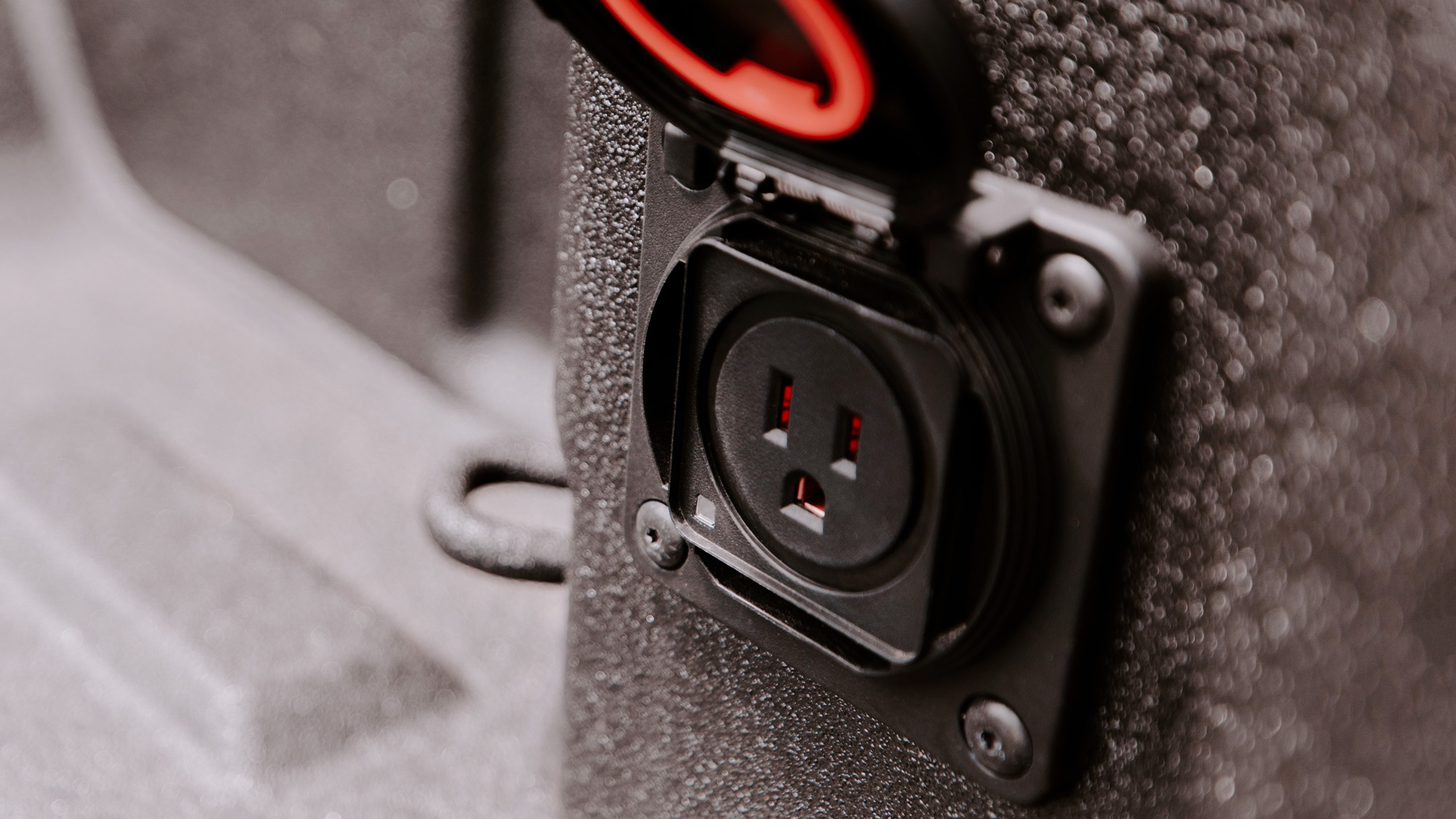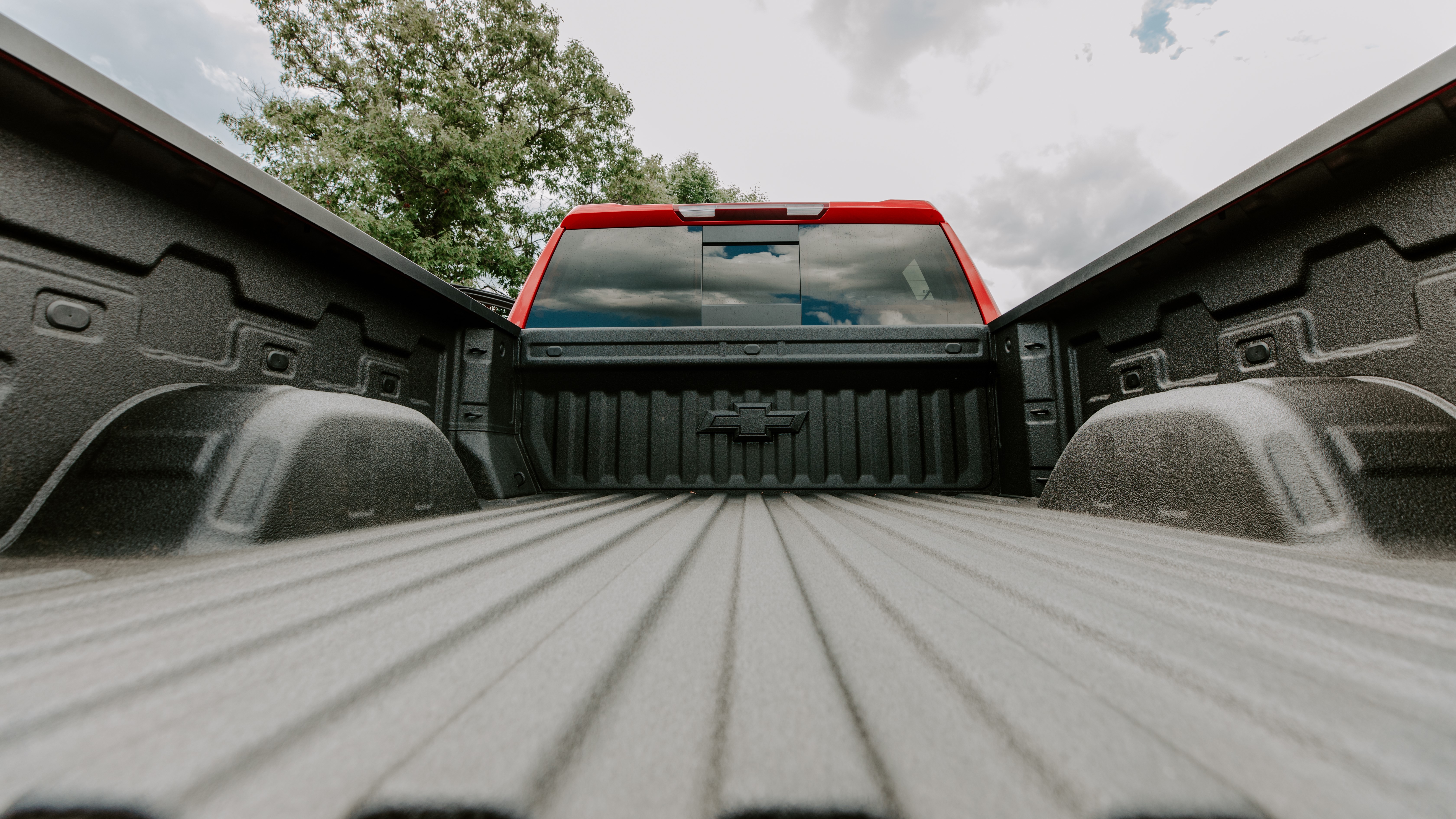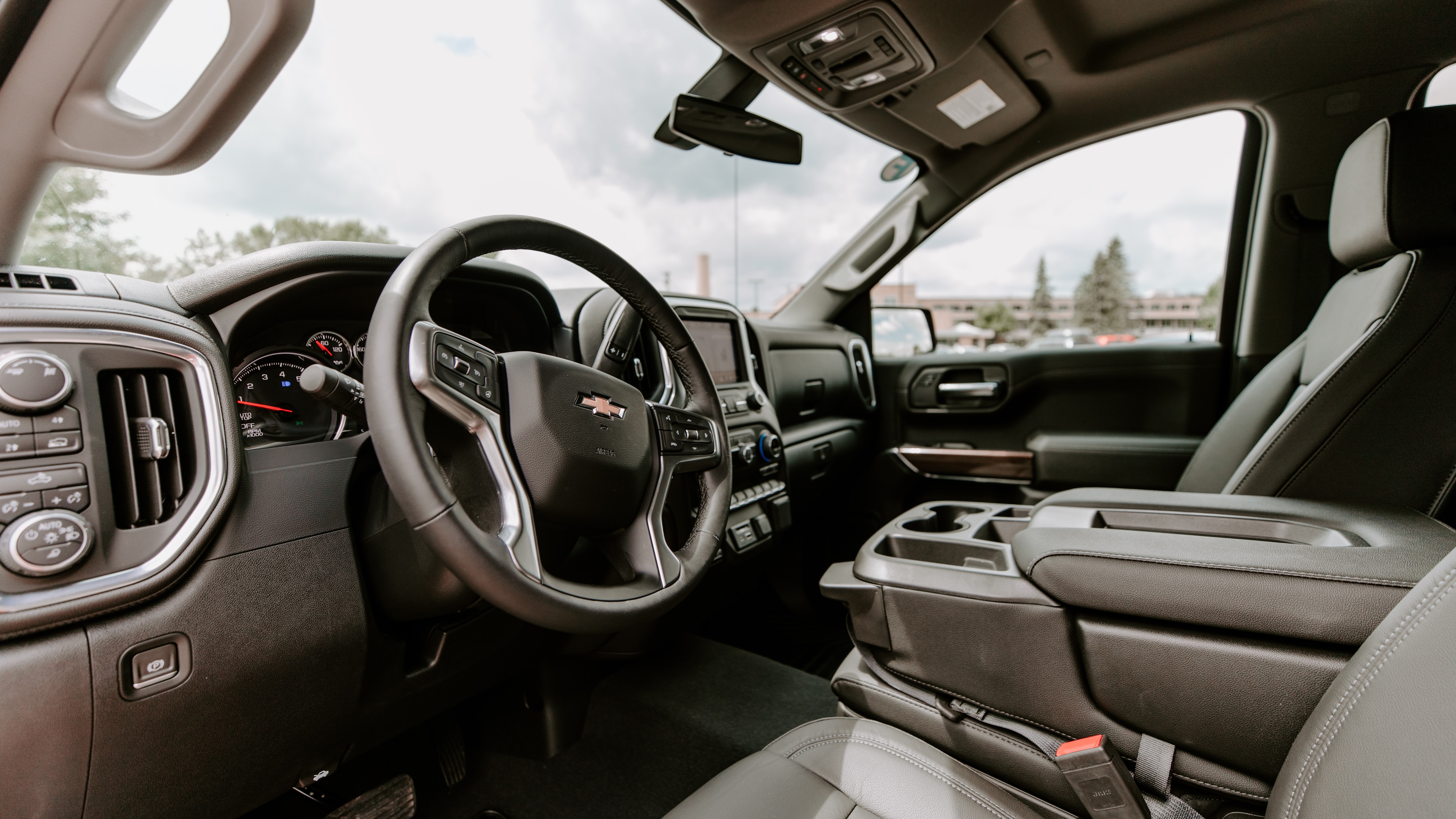The 2019 Chevy Silverado hints at future autonomous trucks in one specific way
A workshop on wheels

Someday, a truck will be more like a rolling, portable workshop than something you actually drive. In many ways, trucks are already heading in that direction, and one early sign of progress is the new power outlet in the truck bed of the 2019 Chevy Silverado.
Granted, it’s a fairly minor addition. However, I decided to try quite a few tests with the outlet to see how it all worked, and what life with a truck in the future might be like.
If you don’t know, truck beds have evolved quite a bit since the days when trucks only provided a flat area to store your stuff and move a pile of rocks. Lockable storage compartments were just the beginning. The Honda Ridgeline has a large tub you can use for holding water and ice. Electronic tailgates are common, as are steps that fold out so you can climb aboard easier.
Truck owners – at least the serious ones who do construction work or other jobs – spend as much time in the back of a truck organizing and using their gear as actually driving.
In the future, once a truck drives on its own and we can even summon one to a work site, the storage and organizational features in the truck bed will become even more important.
Power up and roll out
That’s why I decided to load up the Silverado with a few corded power tools, including a drill and a circular saw, plus a few items I figured would likely not work, including a hair dryer and a Dyson Hot fan (because of the high power draw). I also tested a phone and a tablet.
The good news: The Silverado worked great for powering those tools, and made it easy to do some simple projects on a dirt road by my house. There’s one outlet in the truck bed, but you can also use the outlet by the driver or in the cab. I never had any voltage issues.
Sign up for breaking news, reviews, opinion, top tech deals, and more.





The Silverado actually has two modes of operation for this work. You can leave the engine running and use the outlets – there’s a switch by the driver to activate them. You can also hold down the truck’s start button for a few seconds to use the accessory mode. This means the outlets and everything else in the truck works, but the engine stays off.
With the engine running, the hairdryer worked fine. In accessory mode, the hairdryer tripped a circuit and shut off – likely due to the high power draw. With the Dyson fan, the outlet didn’t work at normal speed with the engine on or off. That’s not too surprising – I’ve tested the same fan with portable battery generators from companies like Goal Zero and they haven’t worked, either – and the hairdryer also caused a break in a circuit. The Samsung phone charged up normally, and just about everything else I tried worked. I doubt anyone would actually want to power a hairdryer or a fan anyway, so it was mostly to test the power draw.
That said, I loved using the power tools. I had no trouble sawing through a piece of wood and drilling a hole, so the power draw must be sufficient for those tools.
All work and little play?
What could come next? I envision something similar to a utility van but designed even more like a portable workshop.
So, more outlets, gadgets customized to the job of the worker, and sensors that keep track of what is back there (similar to what Ford tried a few years ago with professional trucks). Also, more storage, more options for charging tools (possibly with wireless charge pads instead of outlets), and more ways to customize the truck bed.
At that point, the 'utility' of a truck might be more about the job you do than actually, you know, driving the truck. Although, that will still be an option.



On The Road is TechRadar's regular look at the futuristic tech in today's hottest cars. John Brandon, a journalist who's been writing about cars for 12 years, puts a new car and its cutting-edge tech through the paces every week. One goal: To find out which new technologies will lead us to fully self-driving cars.

John Brandon has covered gadgets and cars for the past 12 years having published over 12,000 articles and tested nearly 8,000 products. He's nothing if not prolific. Before starting his writing career, he led an Information Design practice at a large consumer electronics retailer in the US. His hobbies include deep sea exploration, complaining about the weather, and engineering a vast multiverse conspiracy.